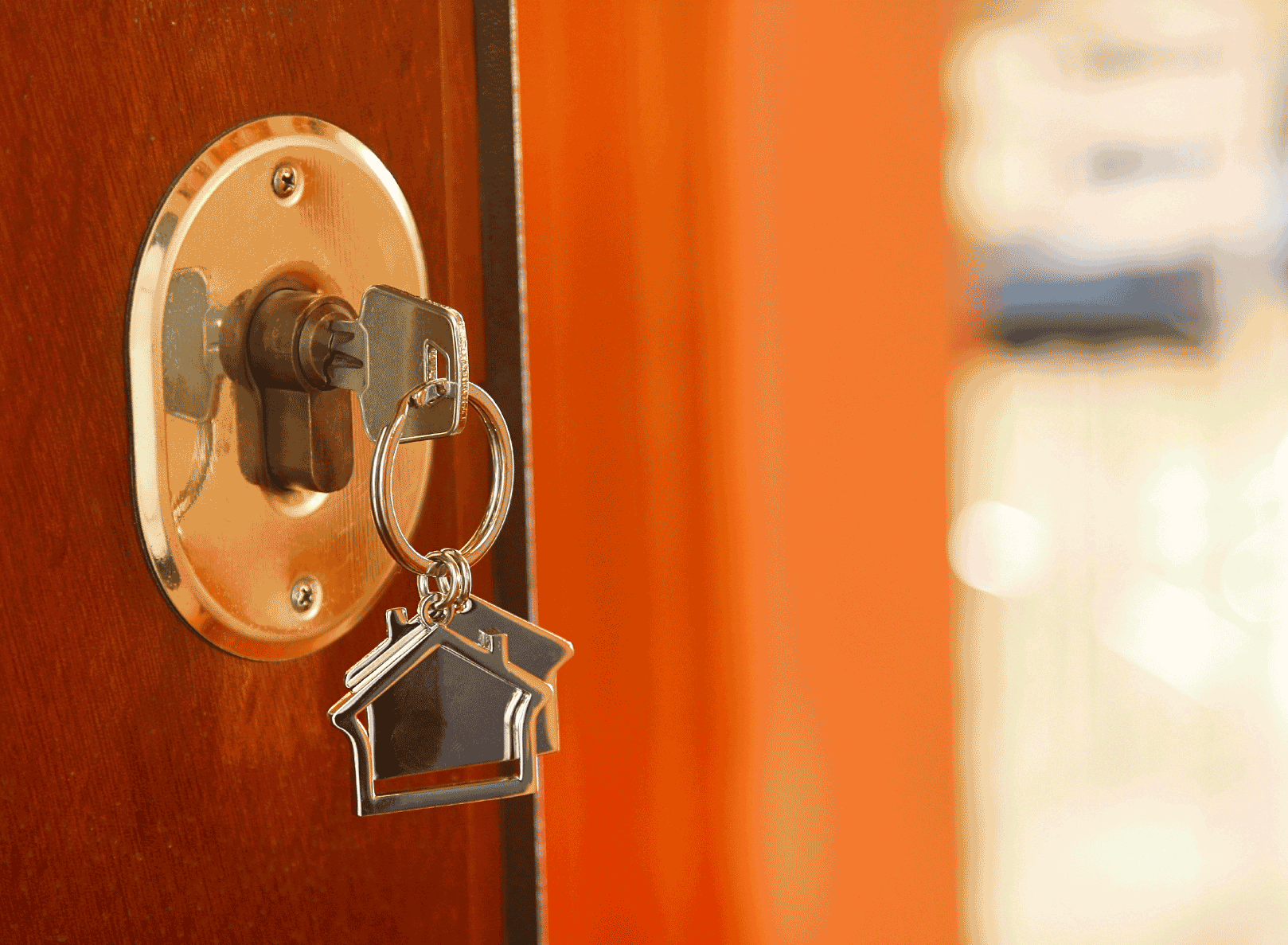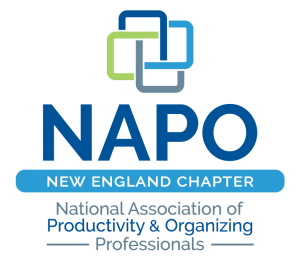Getting better at organizing takes practice
If you wanted to learn to play the guitar, what would you do? Would you look into taking lessons? How often would you practice? Would you expect to get better with only a few attempts? My guess is that you’d tell yourself to practice, practice, practice. Well, organizing is a skill, just like playing the guitar. You’ll make progress and get better at it with practice. I’d recommend practicing organizing for at least 10 minutes every day.
For some ideas on how to practice and improve your organizing skills look at these articles:









Follow Me